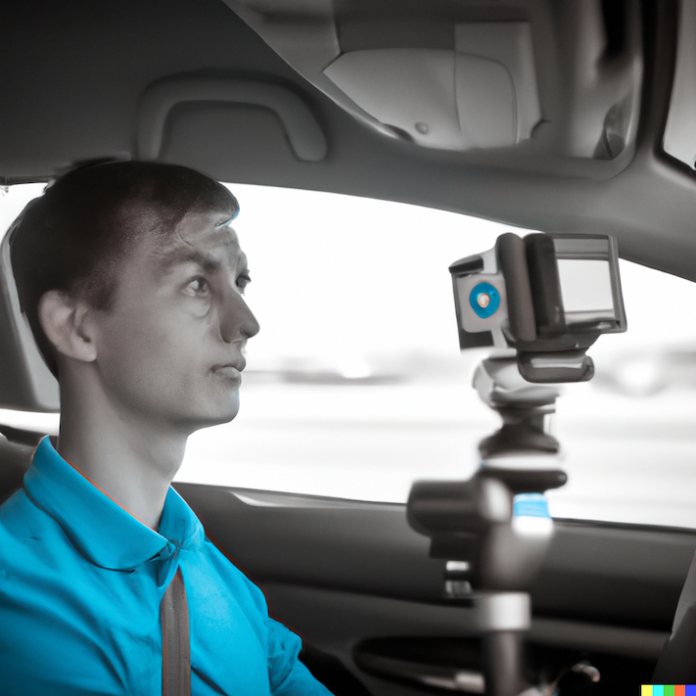The advancement of computer vision and artificial intelligence (AI) has transformed the way we interact with technology. It has enabled the creation of self-driving cars, smart homes, and a host of other devices that make our lives easier and more convenient. As we move towards a more automated future, computer vision and AI will play a critical role in shaping the world around us.
Self-Driving Cars
Self-driving cars are one of the most exciting applications of computer vision and AI. These vehicles use a combination of sensors, cameras, and algorithms to navigate roads without human intervention. They can detect other vehicles, pedestrians, and obstacles, and make decisions based on this information. Self-driving cars have the potential to revolutionize transportation, making it safer, more efficient, and more environmentally friendly.
Smart Homes
Smart homes are another area where computer vision and AI are making a significant impact. Devices like smart thermostats, security cameras, and voice assistants use computer vision and AI to make our homes more efficient and secure. For example, a smart thermostat can learn your daily routine and adjust the temperature accordingly, while a security camera can detect unusual activity and alert you in real-time. Voice assistants like Amazon’s Alexa and Google Home use natural language processing and machine learning to respond to your voice commands and control your smart home devices.
The Future of Computer Vision and AI
The future of computer vision and AI is incredibly exciting. As the technology continues to evolve, we can expect to see even more innovative applications. Here are some of the areas where we can expect to see significant growth:
Healthcare
Computer vision and AI have the potential to transform healthcare. For example, machine learning algorithms can analyze medical images like X-rays and CT scans and detect early signs of disease. This technology can also help doctors make more accurate diagnoses and develop more effective treatments.
Retail
Computer vision and AI are also transforming the retail industry. Retailers can use computer vision algorithms to analyze customer behavior and preferences and personalize their shopping experience. For example, a store might use facial recognition technology to identify a customer and offer them personalized recommendations based on their past purchases.
Entertainment
The entertainment industry is also benefiting from computer vision and AI. Machine learning algorithms can analyze viewer behavior and preferences and suggest content that is likely to be of interest. This technology can also be used to create more immersive experiences, such as virtual reality and augmented reality.
Conclusion
Computer vision and AI are transforming the way we interact with technology, and the potential for innovation is virtually limitless. From self-driving cars to smart homes to healthcare and retail, the applications of this technology are far-reaching and impactful. As we continue to develop and refine this technology, we can expect to see even more exciting and innovative applications in the years to come.





